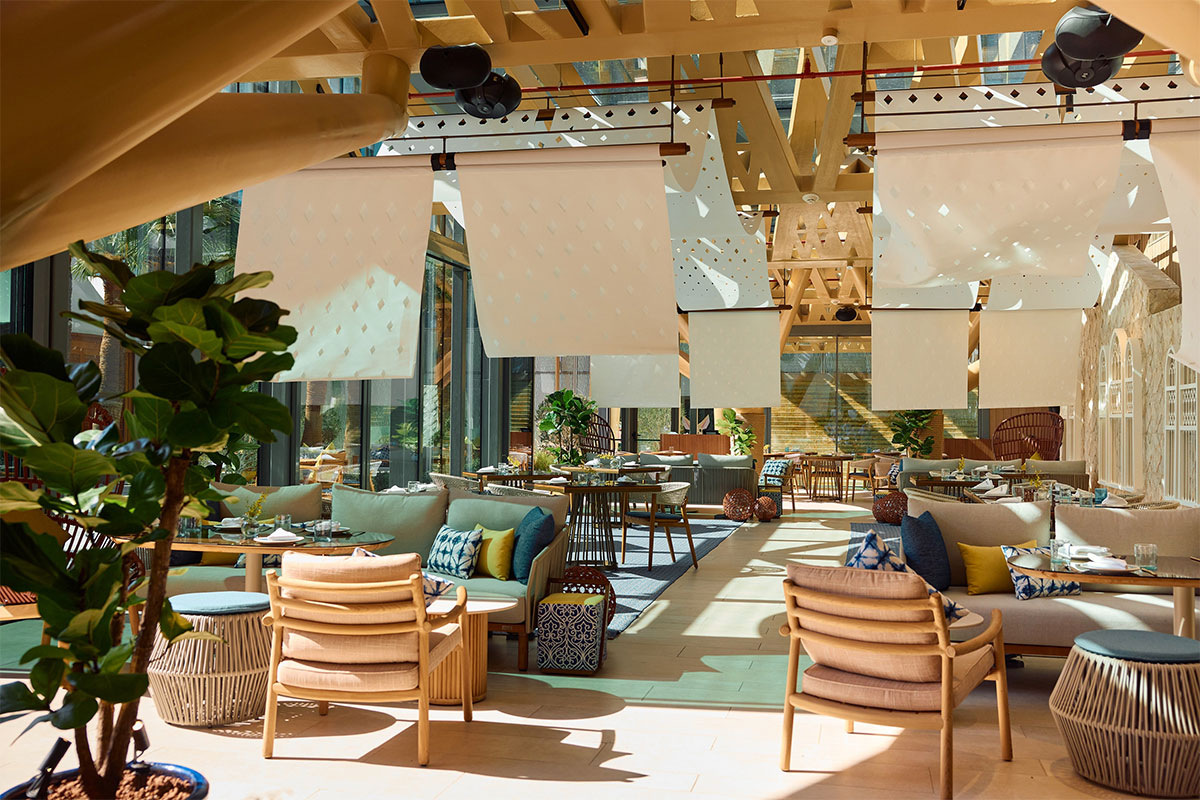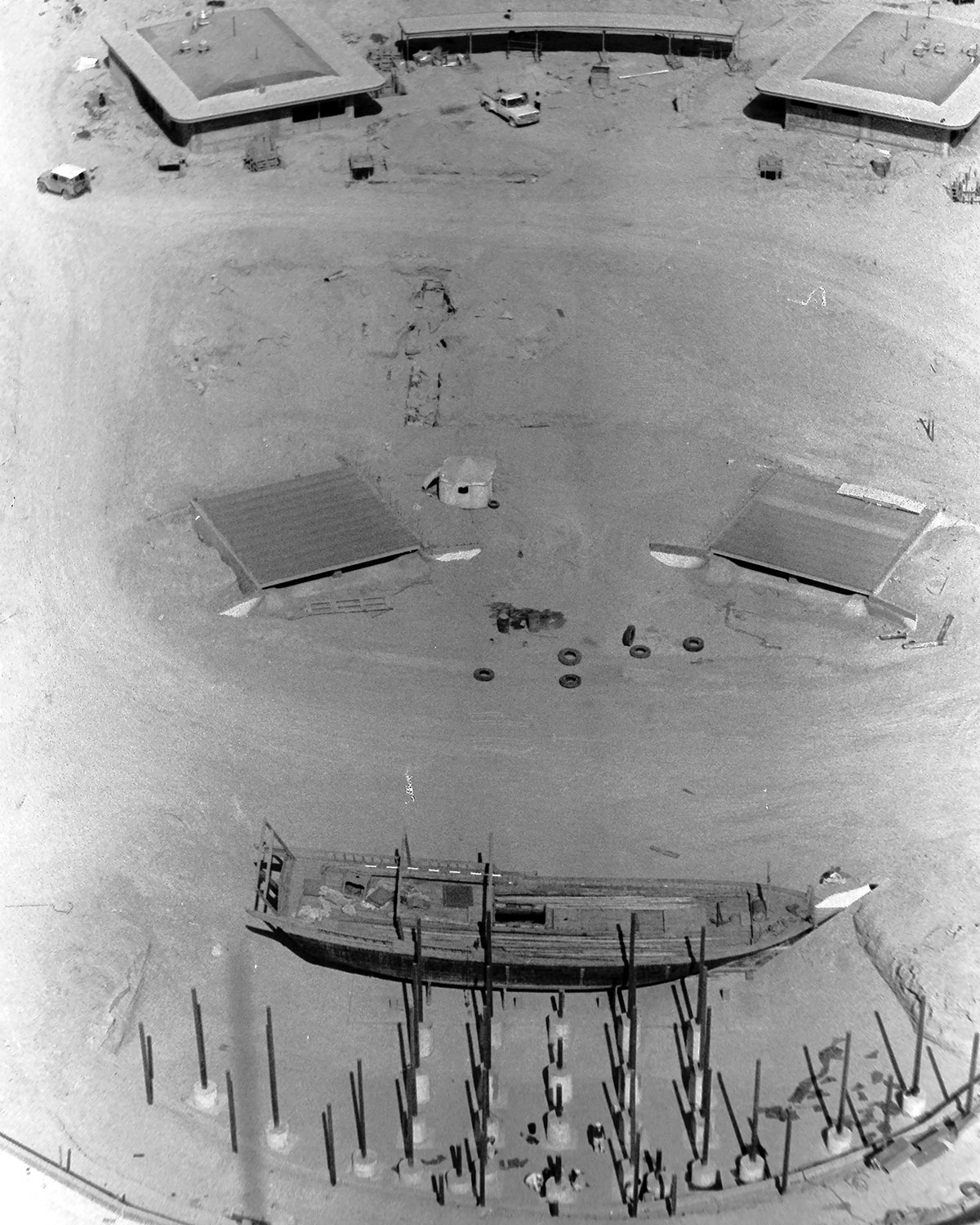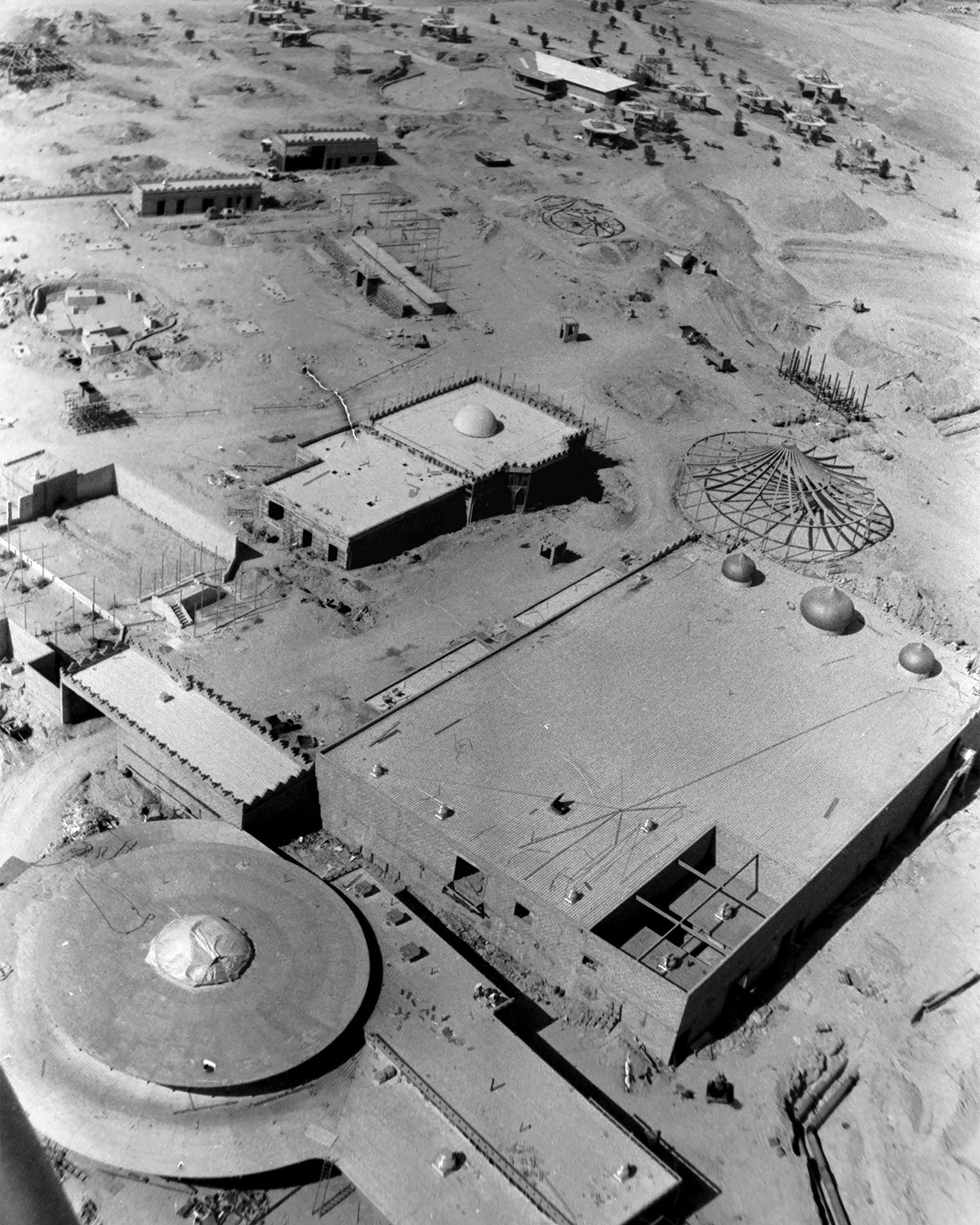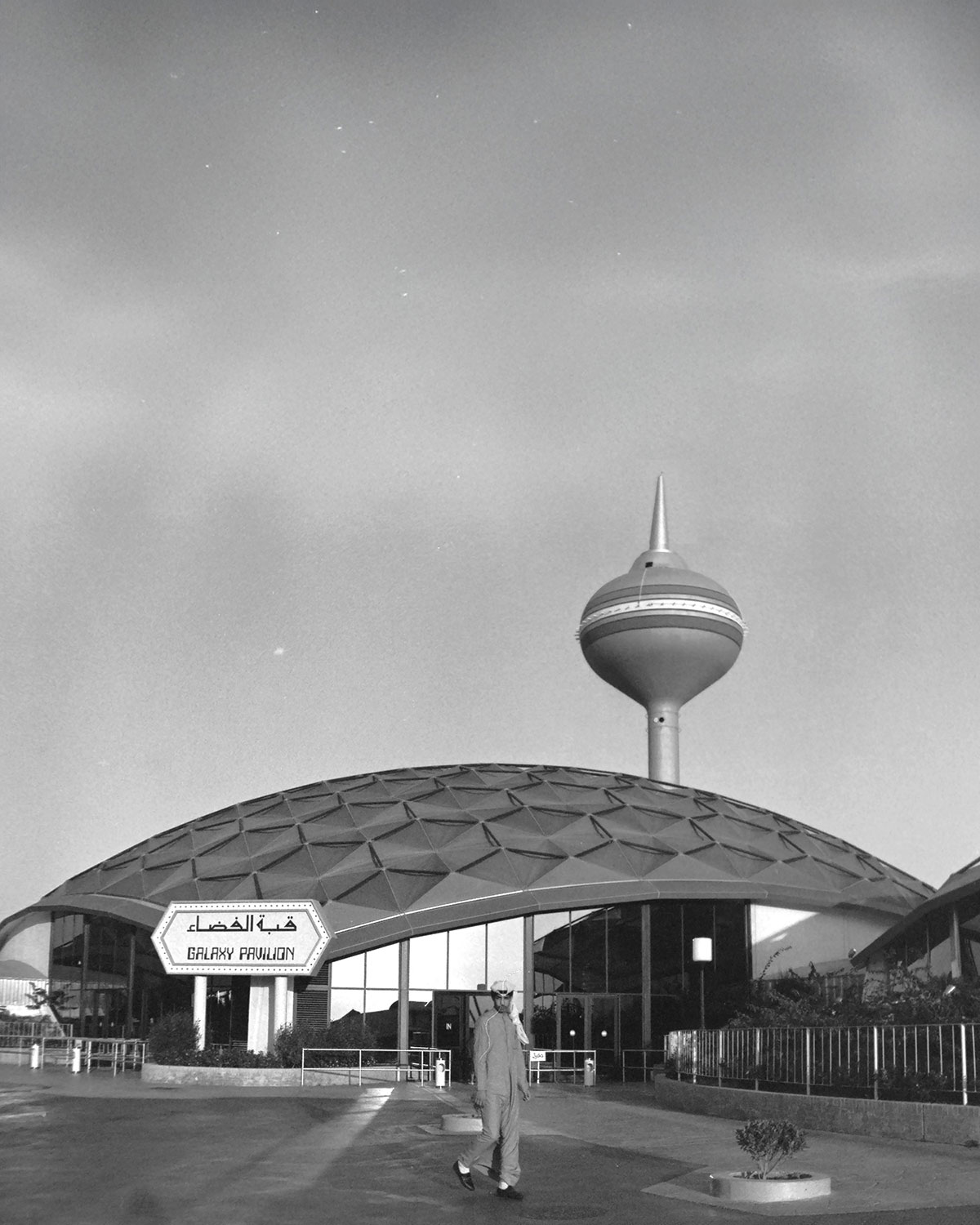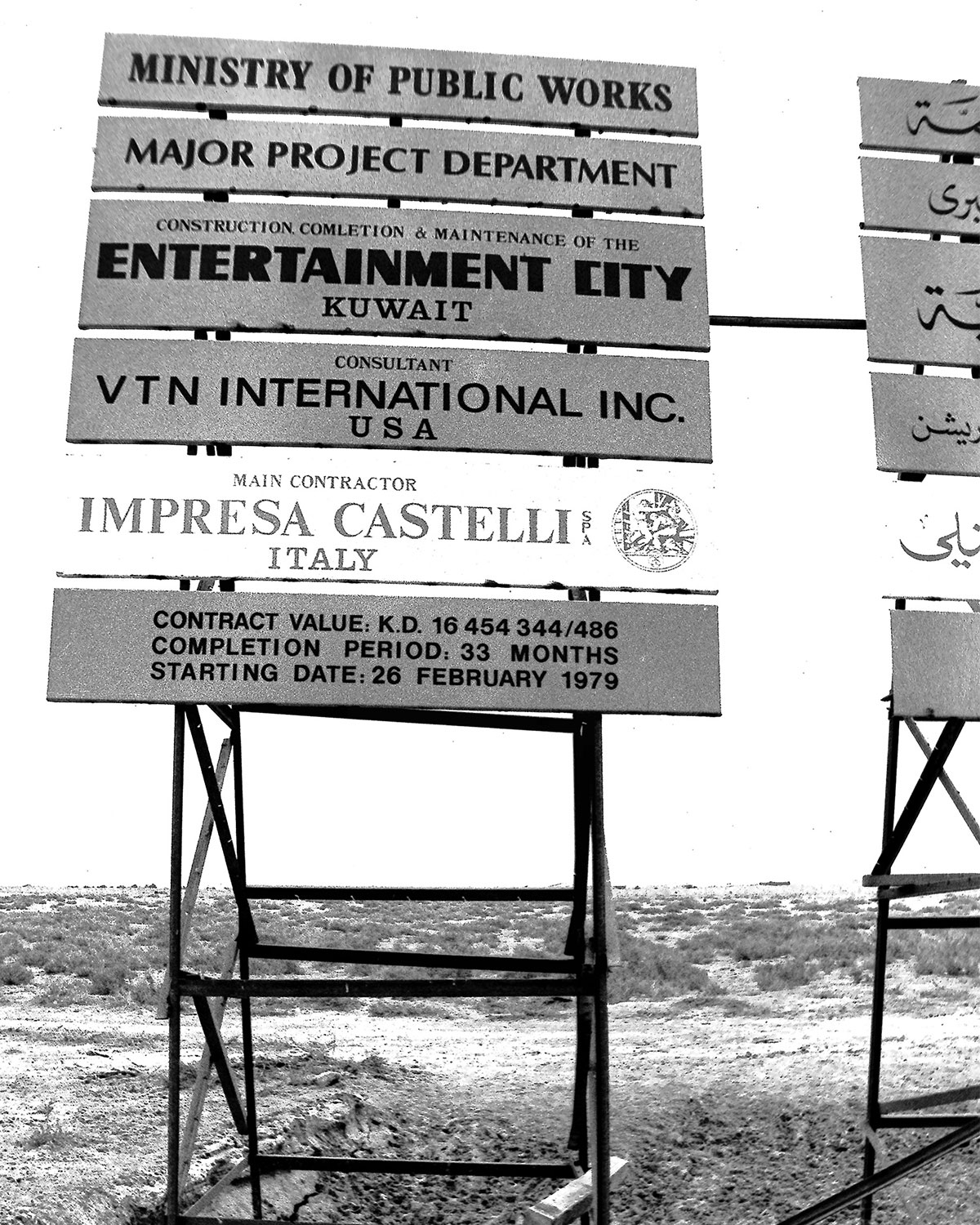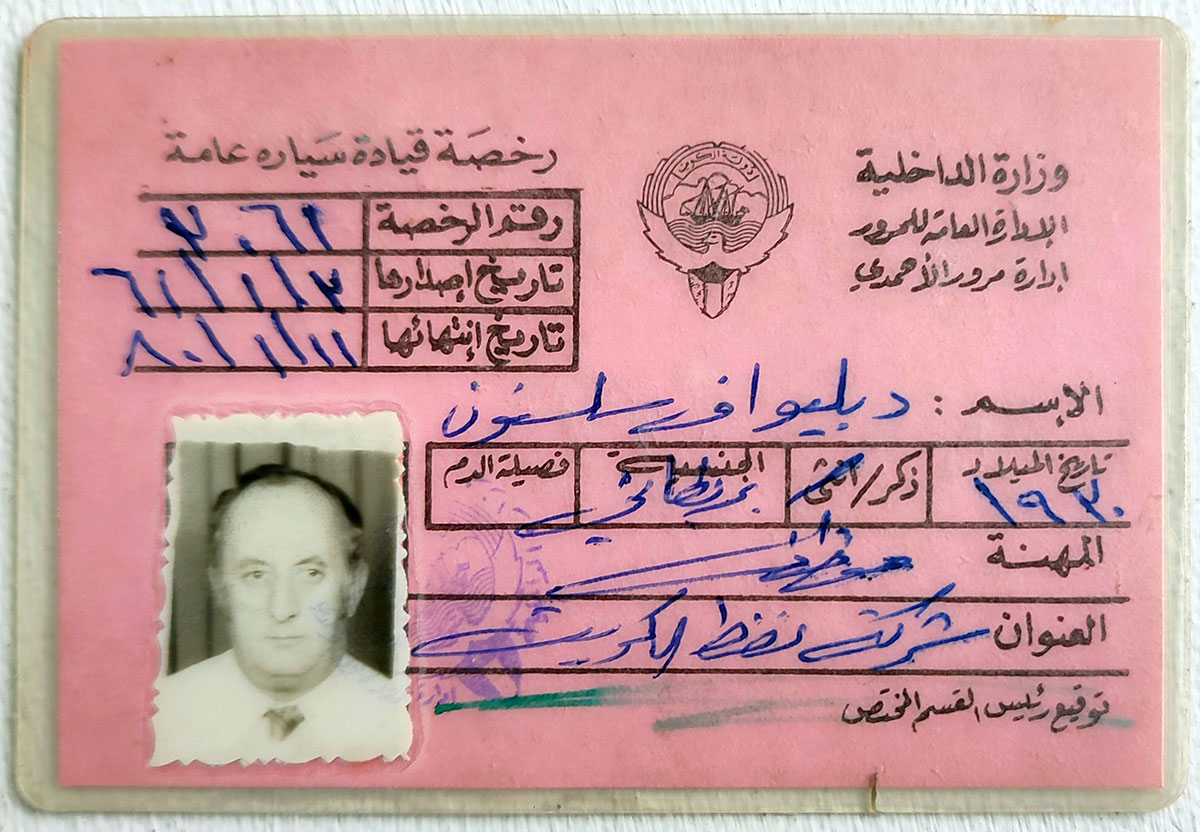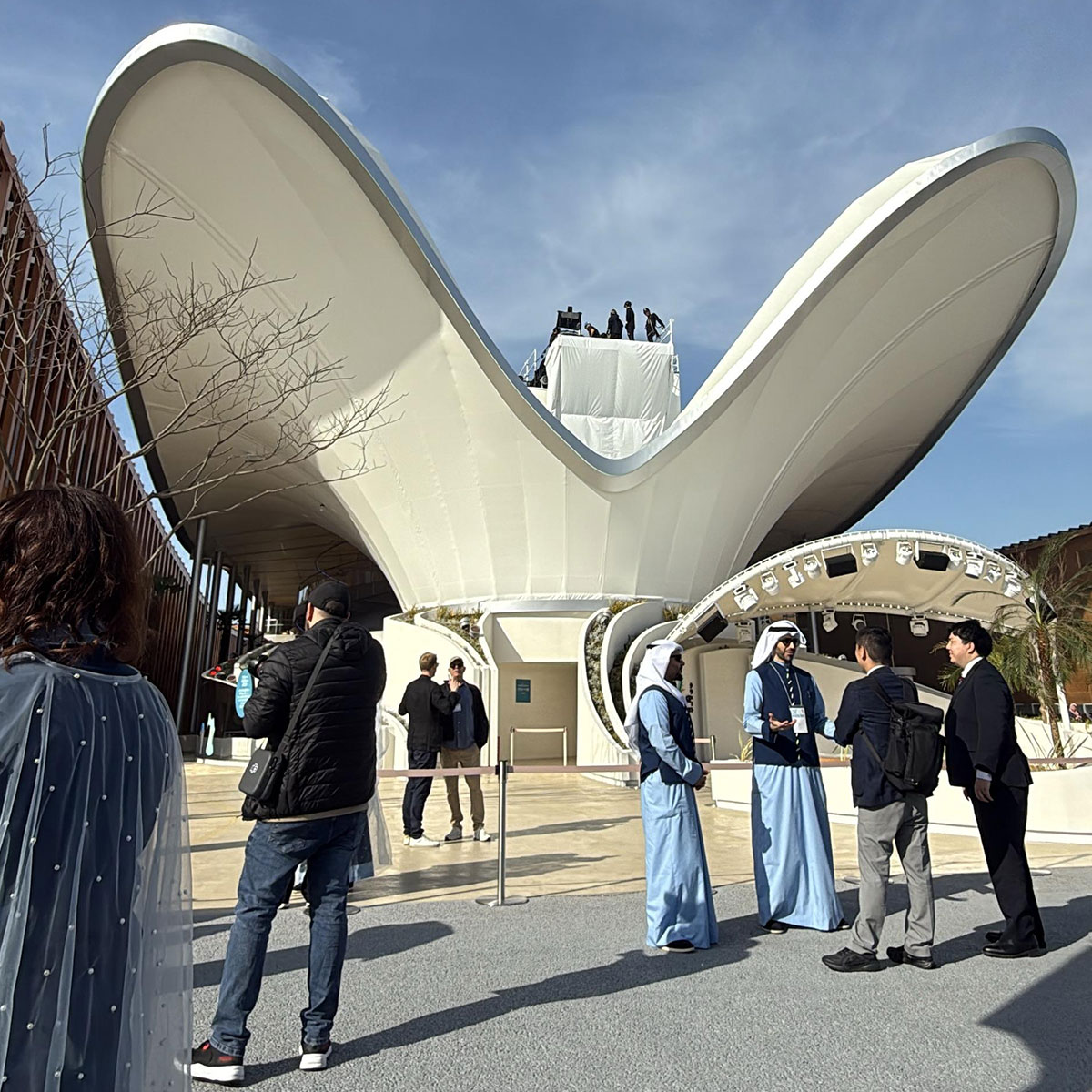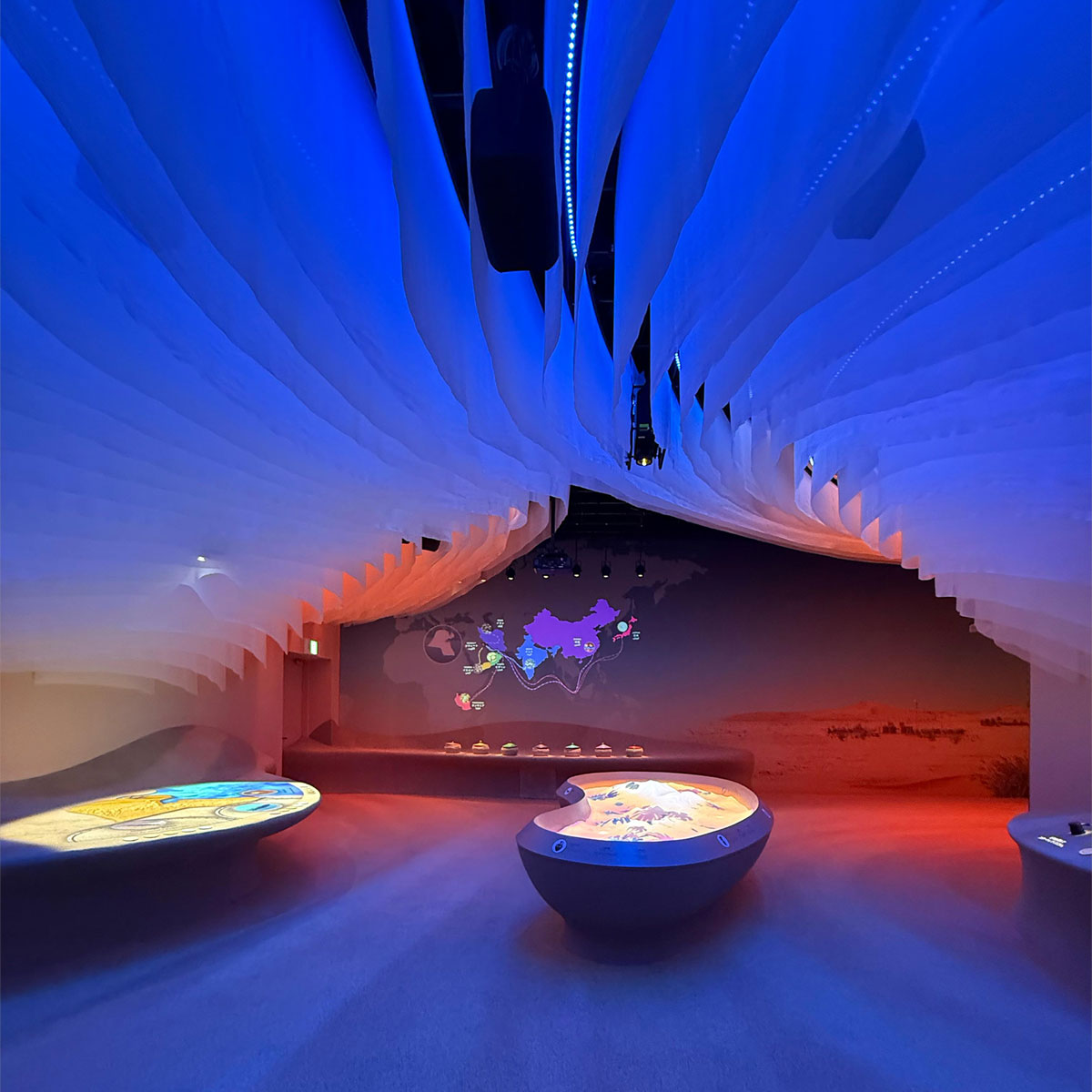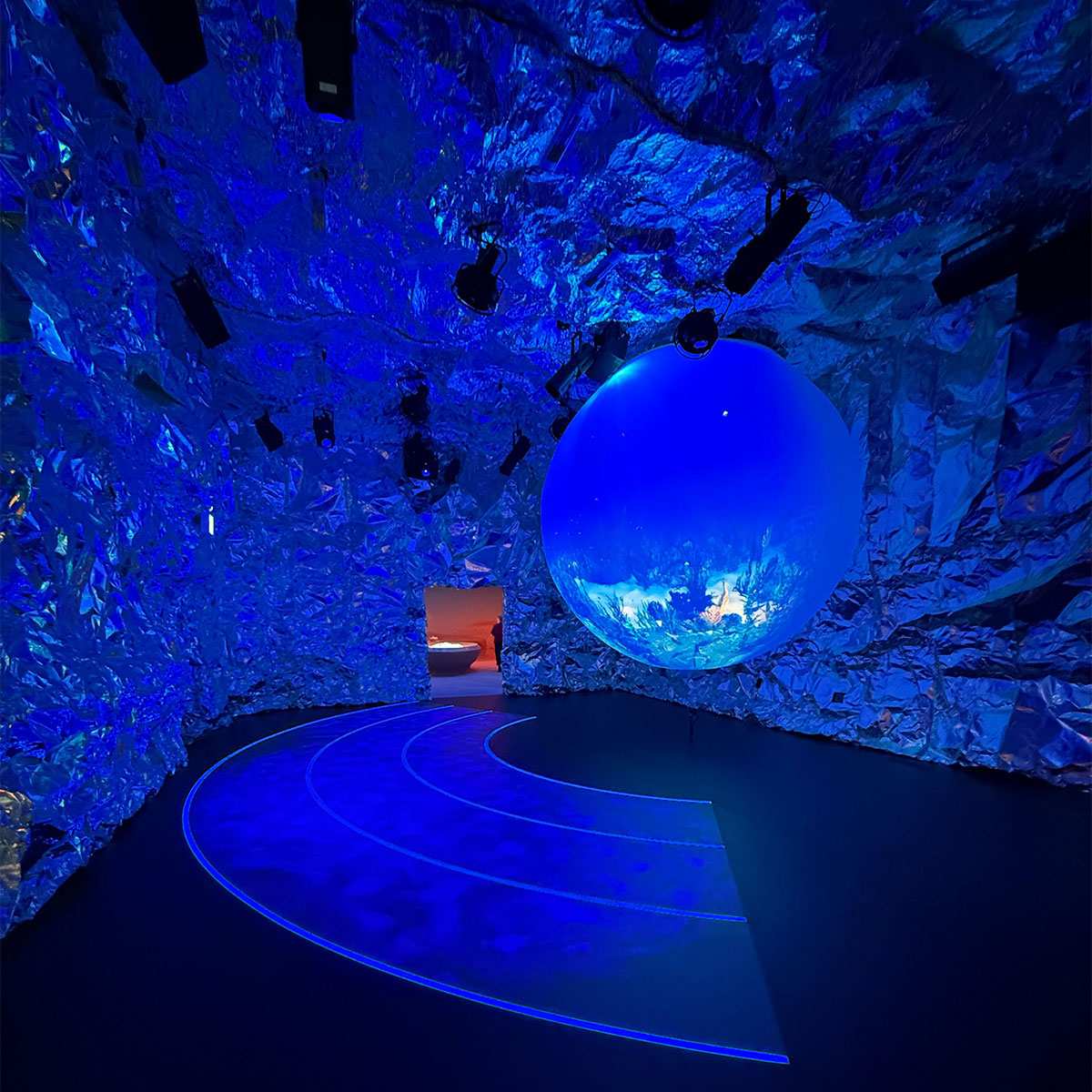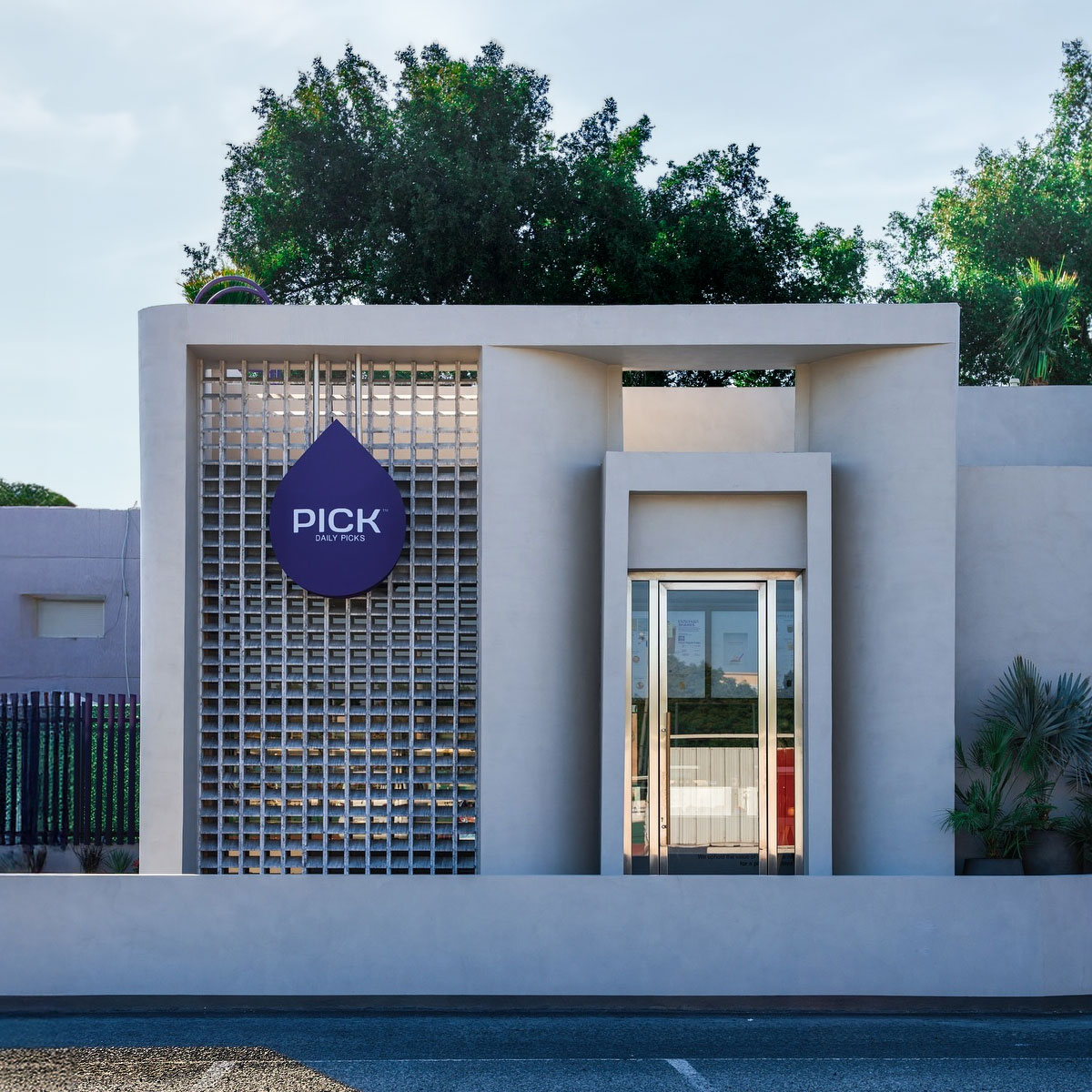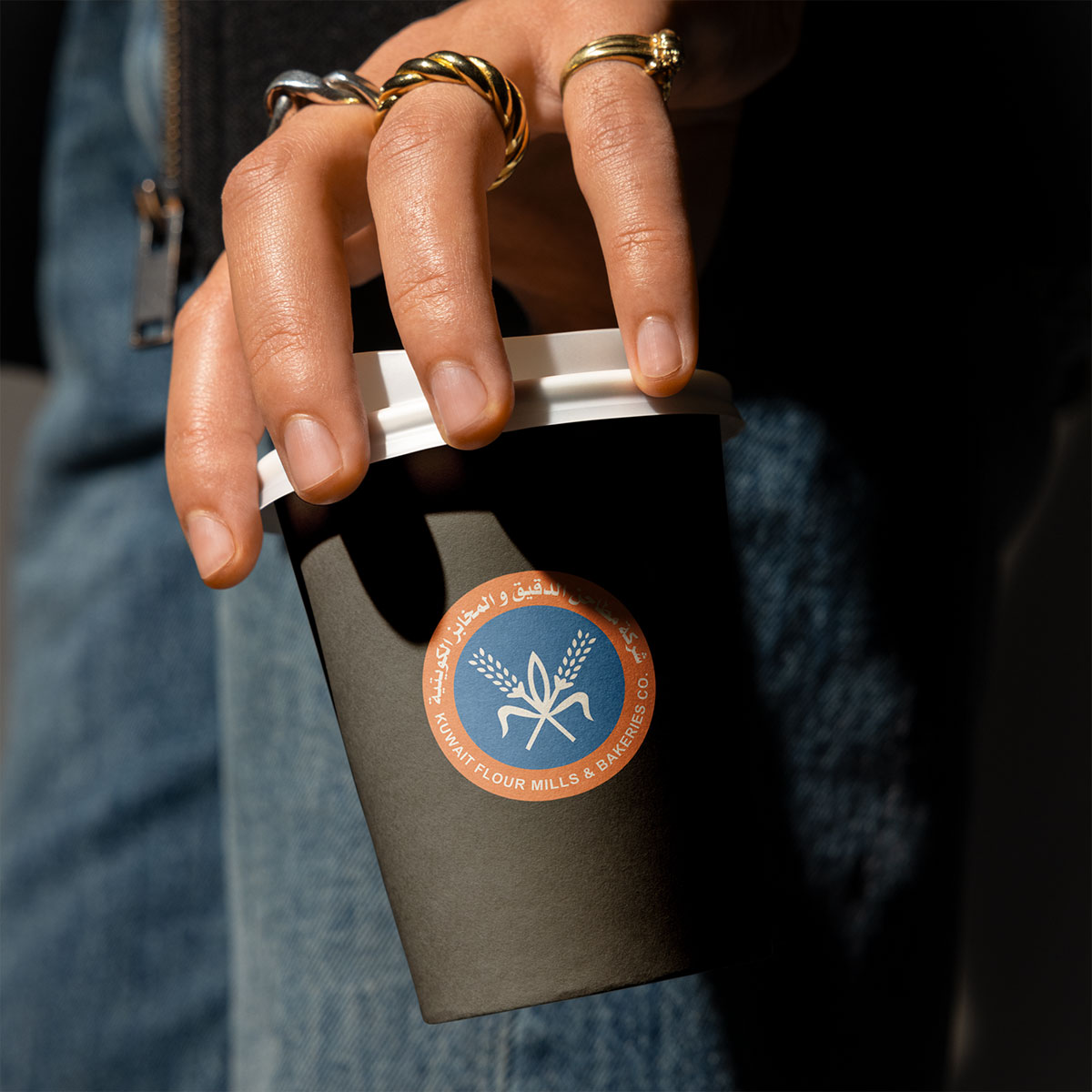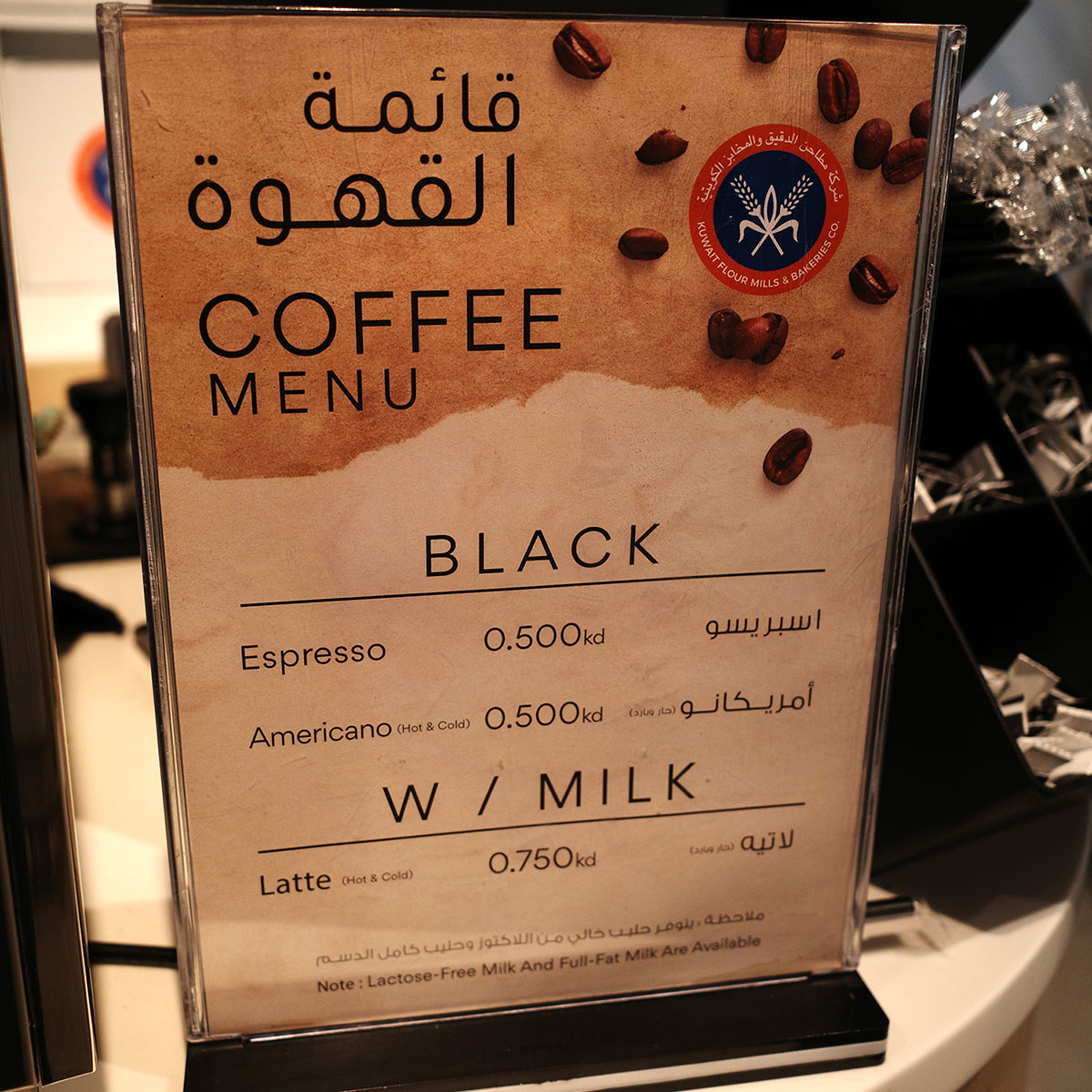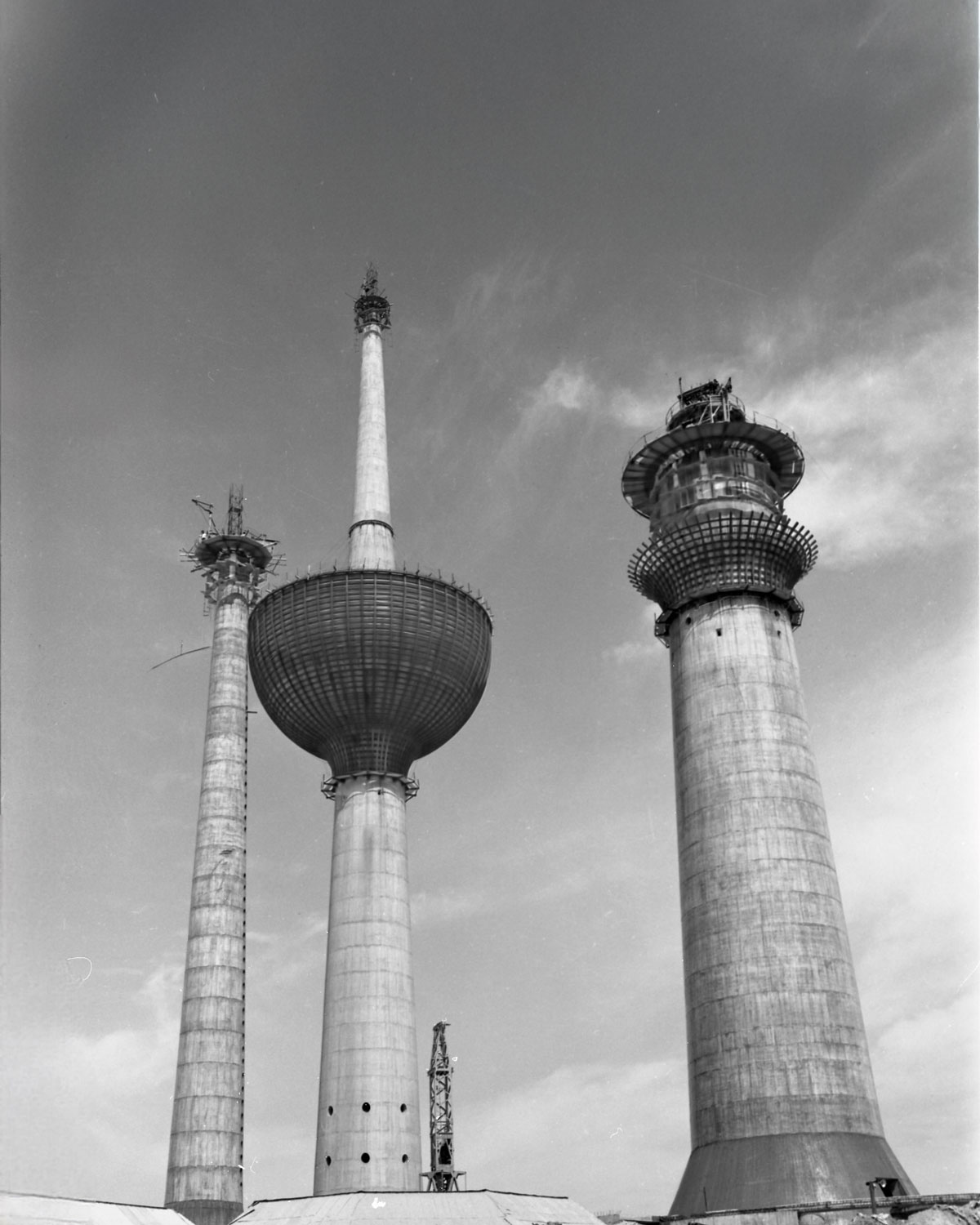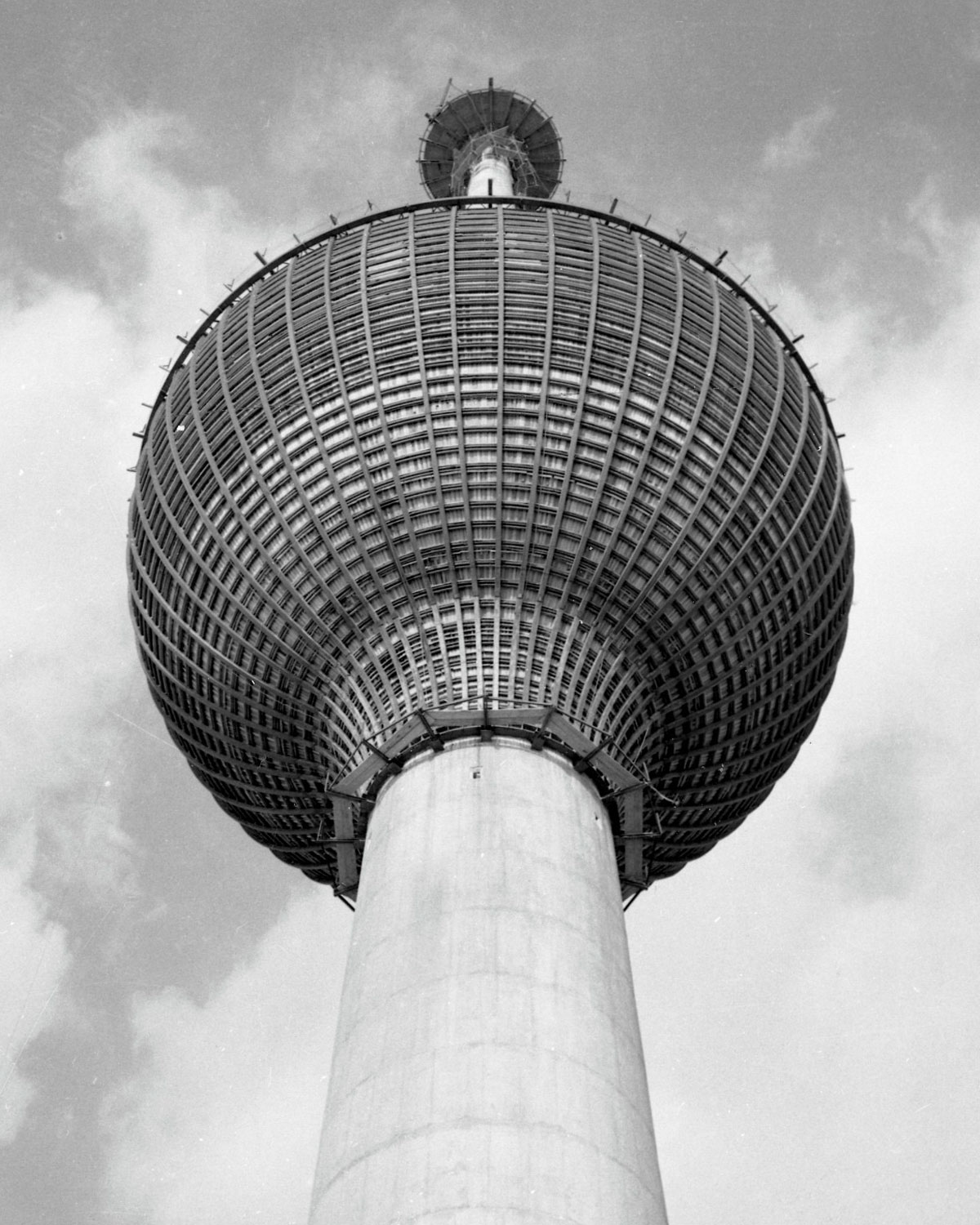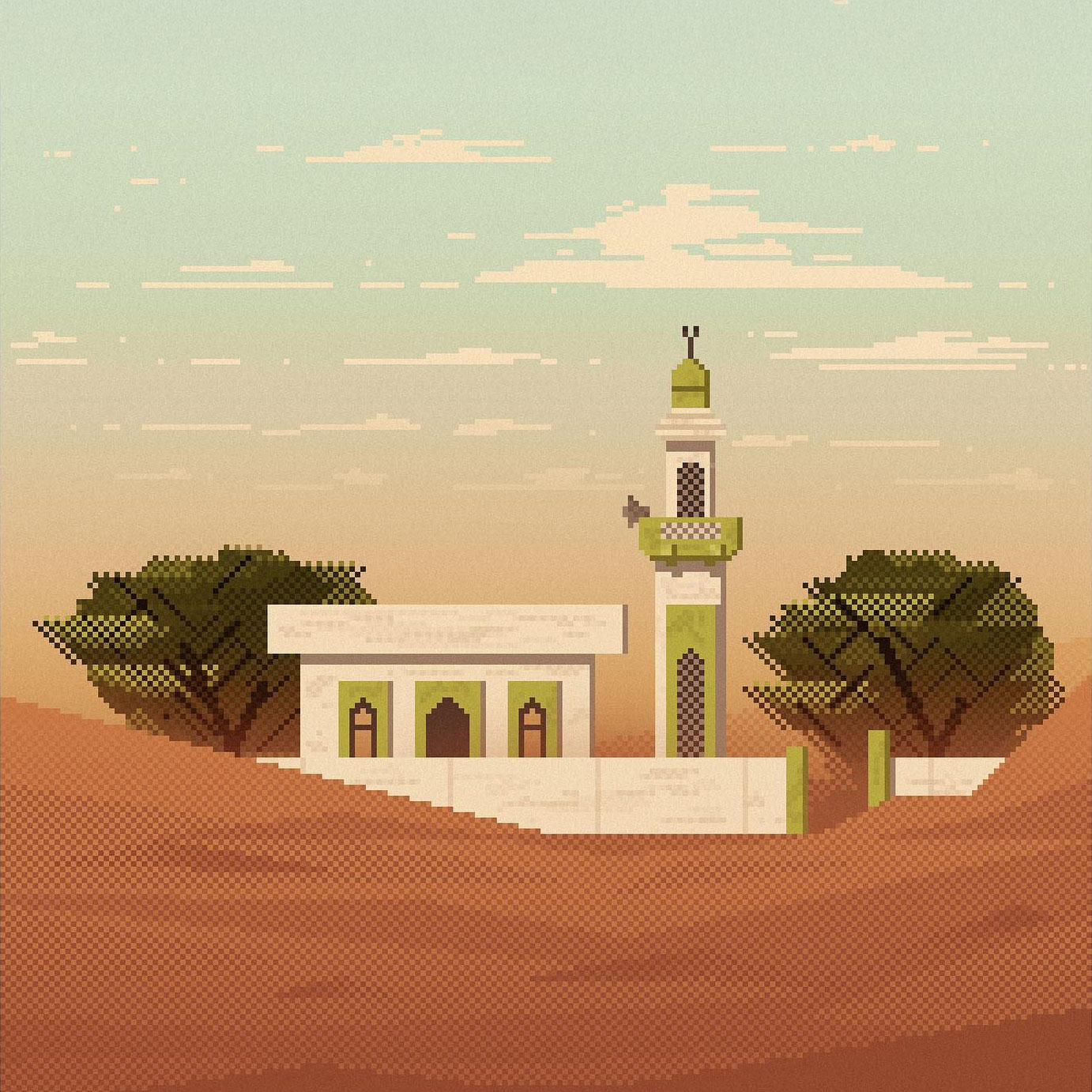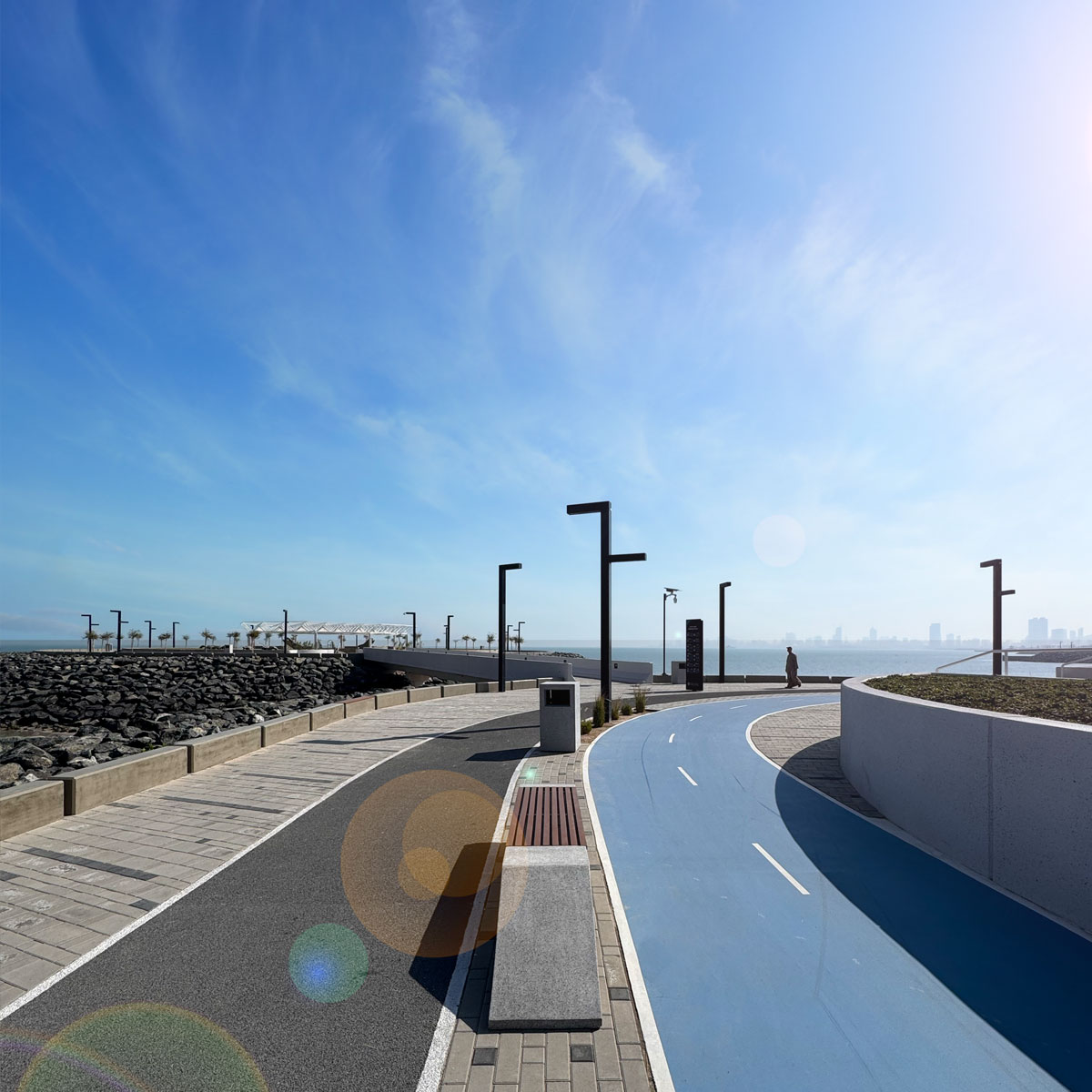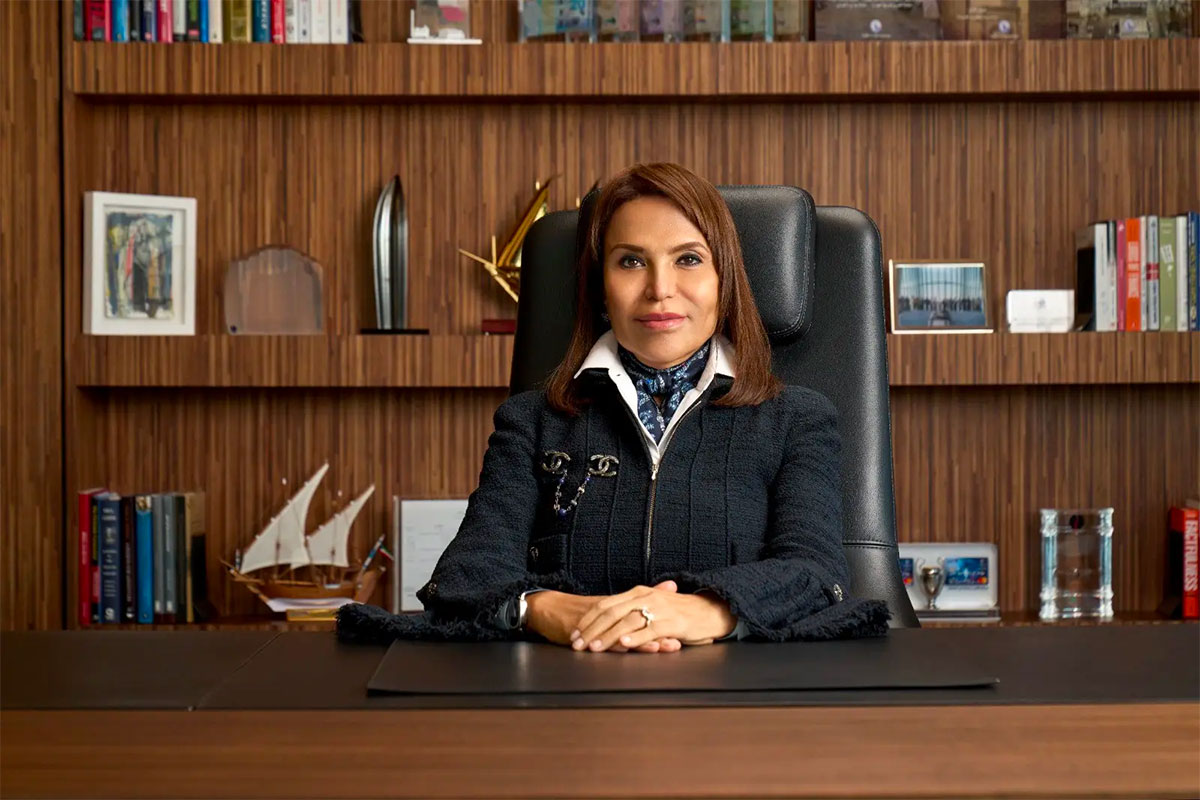
Here’s my 2025 list of pools in Kuwait that offer day passes. This list is strictly “singles friendly,” except for two pools that have ladies-only days or families-only access on weekends.
Arabella Beach Hotel
Telephone: 22277744
Timings: 10am to 7pm
Weekdays 25KD
Weekends Not Available
Argan Al Bida’a Club
Telephone: 22263115
Timings: 8am to 8pm
Weekdays 30KD
Weekends 35KD (Families Only)
Copthorne Al Jahra Hotel & Resort
Telephone: 24590000
Timings: 9am to 7pm
Weekdays/Weekends 10KD
Crowne Plaza
Telephone: 1848111
Timings: 6am to 10pm
Weekdays/Weekends 20KD
Four Seasons Hotel
Telephone: 22006000
Timings: 8am to 6pm
Weekdays/Weekends 40KD (70KD Couple)
Holiday Inn & Suites
Telephone: 25760000
Timings: 6:30am to Midnight
Weekdays 20KD
Weekend 29KD
Hyatt Regency Al Kout Mall
Telephone: 23931234
Timings: 8am to 8pm
Weekdays/Weekends 25KD
(Ladies only days on Mondays and Wednesdays)
Marina Hotel
Telephone: 22230030
Timings: 9am to 6pm
Weekdays 35KD
Weekends 40KD
Millennium Hotel
Telephone: 22050505
Timings: 9am to 6pm
Weekdays/Weekends 25KD
Mövenpick Hotel Resort AlBidaa
Telephone: 22253100
Timings: 8am to 8pm
Weekdays 25KD
Weekends 30KD
Park Inn by Radisson
Telephone: 22068500
Timings: 8am to 8pm
Weekdays/Weekends 15KD
Radisson Blu (member invite required)
Telephone: 25673000
Timings: 6am to 11pm
Weekdays 20KD
Weekends 30KD
SVN Club (member invite required)
Telephone: 1876777
Timings: 6am to Midnight
Weekdays 30KD
Weekends 40KD
Symphony Style Hotel
Telephone: 25770000
Timings: 9am to 5pm
Weekdays 20KD
Weekends 25KD
Waldorf Astoria
Telephone: 24774444
Timings: 10am to 6pm
Weekdays/Weekends 45KD (includes 15KD food voucher)
